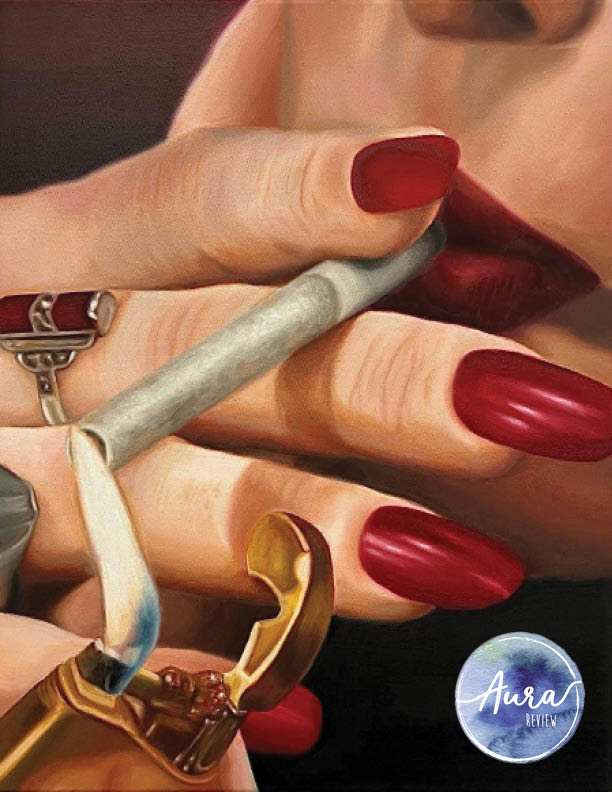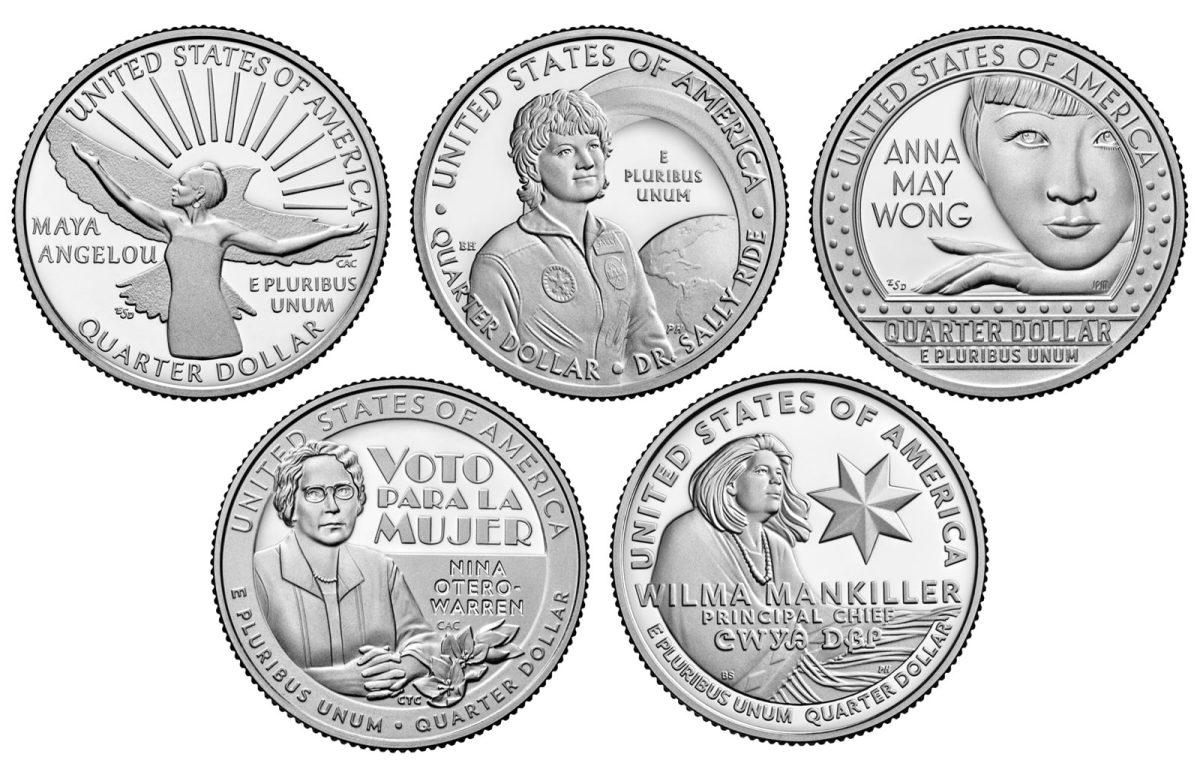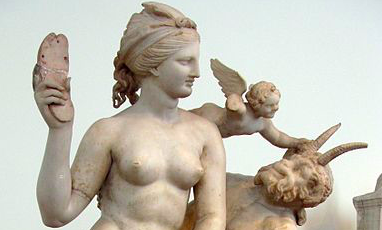As Aura’s newest magazine is all about the body, I feel that looking at art of the body through the centuries would be interesting to see how we’ve gotten to today. So let’s use a muse you’re probably somewhat familiar with: Aphrodite.
You know her, you love her, and she’s turning everyone’s heads. She’s also been the focal point of art pieces through the centuries. As the goddess of beauty, it’s only natural that we would find her so captivating and try to recreate her beauty in art. But beauty is in the eye of the beholder, so as our definition of beauty changes, so does Aphrodite. One of the things that I find most interesting about it is that you can pinpoint exactly when in history an art piece on Aphrodite was made. Of course the medium and style are all telltale signs of when art has been made, but what we’re taking interest in today is Aphrodite’s body.
If you recreated the figure of Aphrodite in the same medium and in the same style you would still be able to tell what time it came from by the shape of her body. She mainly comes up in three time periods: the Hellenic period to the fall of Rome, the Renaissance, and the modern era. In the first period of time, the main medium of art in general was either on pottery or by sculptures. Our main focus is going to be sculptures due to how much more of the body that can be seen in comparison to paintings on pottery. Though many of these sculptures are broken in multiple places, we can still get a good understanding of how the Greeks portrayed Aphrodite in art.
You can tell she was young, as her hair is usually pulled  back in a knot (typically something done by girls who had not yet reached adulthood at the time). She was also relatively thin; however, today’s definition of thin and the ancient Greek’s version of thin are not the same thing. While rolls are not seen as thin today, not only are they completely natural, but they’re also shown on nearly all of Aphrodite’s statues wherein her torso is still preserved. She’s very realistic, and also shows signs of fertility. She’s always shown mostly if not fully nude. Fertility was one of the aspects of beauty to the Greeks and Romans, continuing an animalistic instinct.
back in a knot (typically something done by girls who had not yet reached adulthood at the time). She was also relatively thin; however, today’s definition of thin and the ancient Greek’s version of thin are not the same thing. While rolls are not seen as thin today, not only are they completely natural, but they’re also shown on nearly all of Aphrodite’s statues wherein her torso is still preserved. She’s very realistic, and also shows signs of fertility. She’s always shown mostly if not fully nude. Fertility was one of the aspects of beauty to the Greeks and Romans, continuing an animalistic instinct.
They also showed her as realistic because that’s how they saw all the gods and goddesses. They believed that humans were modeled after the gods, and so when recreating them in art, they showed gods as realistic and human.
Now to move into the Renaissance era where Aphrodite, taking on her Roman title of Venus, still retains many similar aspects. Now, she is shown in paintings rather than sculptures. She’s still in the nude, but one difference is that she’s actually gained weight. She’s portrayed as having rolls while standing up straight, has wider hips, and also shows a fuller stomach. This was mainly because it was in a time where food was hard to come by for the average person, and a status of wealth was shown by being heavier than the average peasant. Having fat on your body meant you had the luxury of eating to your heart’s content and never having to lift a finger. So when portraying the goddess of beauty, they applied those standards to her, giving her weight, thighs, hips and a large stomach.
Finally, we turn to the modern era, and once again Aphrodite’s portrayal has changed with time. In modern times, Aphrodite is shown with large breasts, a large butt, and flat stomach. This reflects the modern day beauty standards for women that, unlike previous depictions, has been met with a lot of criticism that it isn’t realistic. That’s why there’s also a lot of art that flips this beauty standard on its head. One of the first things that changed was the depiction of Aphrodite’s race. While you can’t really tell the race of a statue, Renaissance and modern depictions of Aphrodite usually made her white due not only to her origin in a European country, but also due to the racism that lies in beauty standards. To add more diversity, many artists have been portraying Aphrodite as various races.
The second thing to change was the body type, as many criticisms of the modern day beauty standard posit that it’s highly unrealistic. While some artists return back to the body type associated with Aphrodite’s origins, other artists make her plus size as part of the body positivity movement. These two depictions of Aphrodite are conflicting, but they also show that there is beauty in everyone, which at the end of the day, is what Aphrodite is all about.
“Aphrodite, Pan and Eros” by Marcus Cyron is licensed for usage under CC BY-SA 2.0.





































